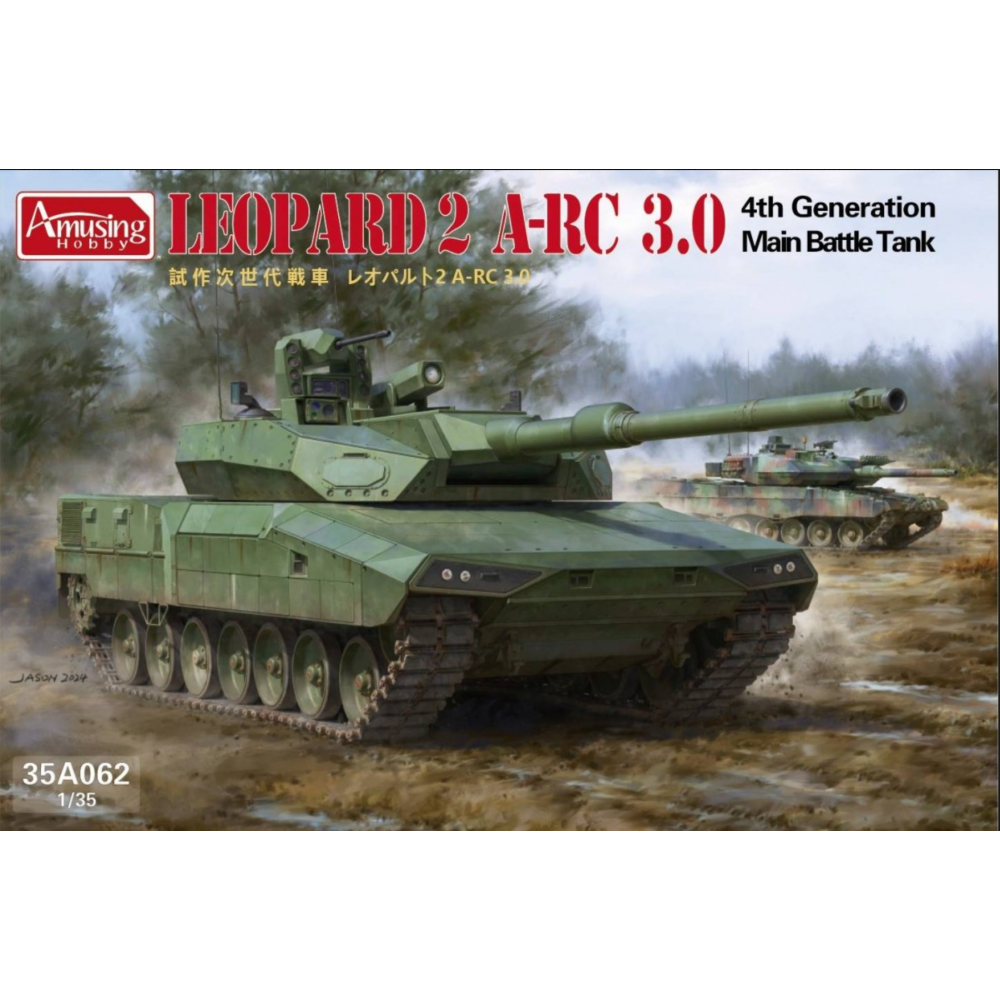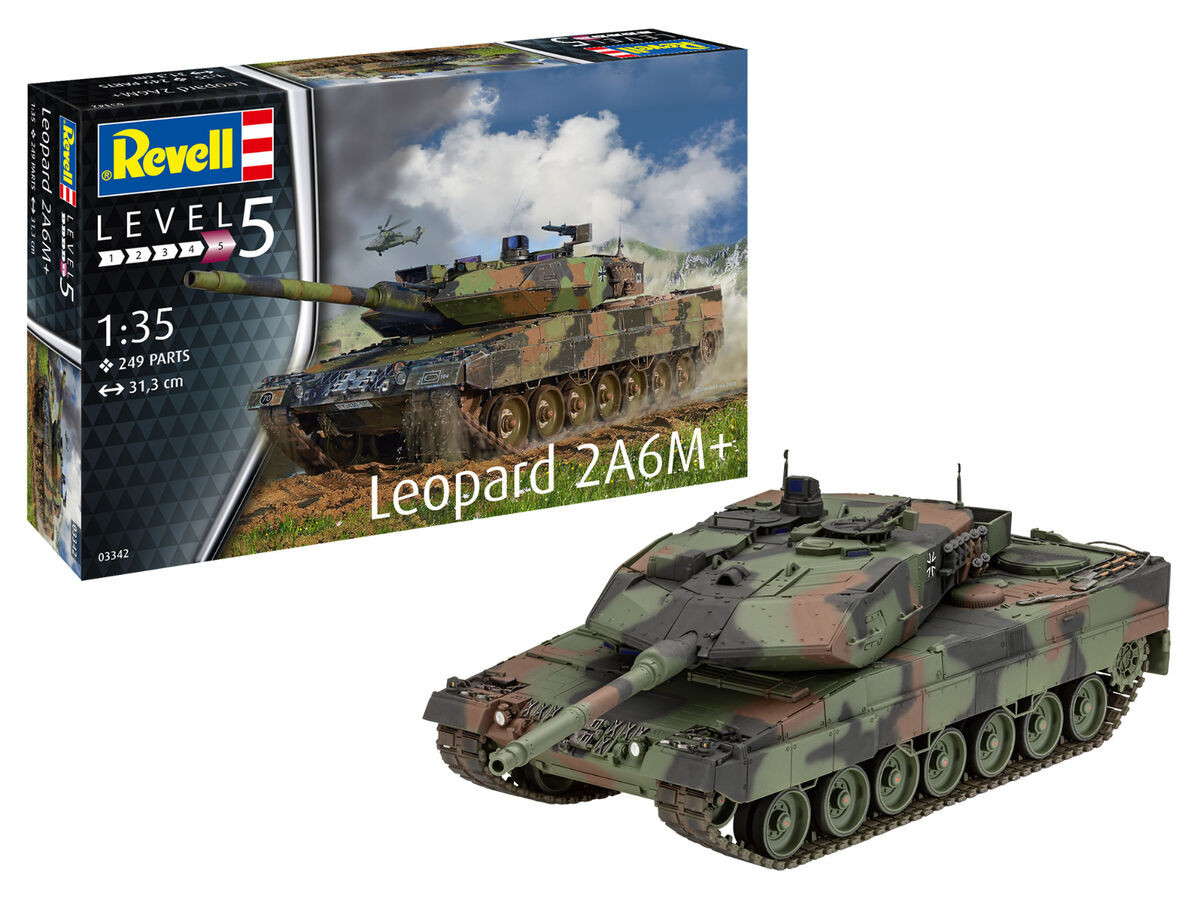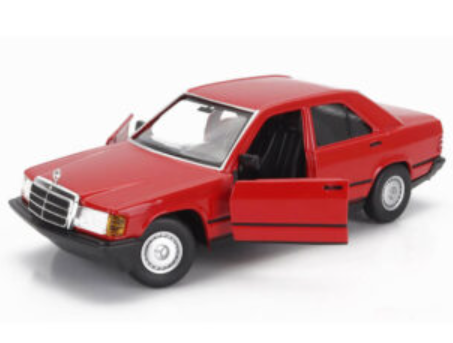The Leopard 2 was developed in response to the need for a new main battle tank, which the Bundeswehr had already announced in the early 1960s. The new vehicle was intended to replace the Leopard 1 tanks in the West German army. Initially, cooperation with American companies (such as Chrysler) was undertaken as part of a project designated as MBT-70. However, after several years, the cooperation was discontinued and further work focused exclusively on German companies. Despite a very lengthy process of analysis, research, and experimental work that stretched over almost 15 years, the Leopard 2, which entered service in 1979, turned out to be revolutionary and superior to contemporary Soviet designs. Many analysts consider it the first third-generation tank in history, alongside the M1 Abrams, the French Leclerc, or the much later Russian T-90. The Leopard 2 is primarily characterized by unprecedented mobility and maneuverability for tanks of this class as of 1979, thanks to its powerful 1,500 hp engine. It also has very good armor, using composites and an FCS (fire control system). It was also armed with the excellent Rh-M-120 gun, which became the standard for many NATO countries in the 1980s and 1990s.During serial production, several modifications of the Leopard 2 tank were created, two of which deserve special attention: the A4 and A6. The A4 version, which first appeared in 1985, features a significantly improved and enhanced fire control system compared to previous versions, as well as an upgraded turret and front armor hull. This is also the most widely exported version. At the beginning of the 21st century, the A6 version was developed, which mainly received the Rh-M-120 gun with a significantly longer barrel (L/55), greatly improving its armor penetration. The latest development of the Leopard 2 tank is the A7 version, which entered service with the Bundeswehr in 2014. Due to its very high combat value, the Leopard 2 has been exported to many countries, including Austria, Chile, Denmark, Finland, Greece, Spain, the Netherlands, Norway, and Poland, which has 247 tanks of this type in the A4 and A5 versions.









